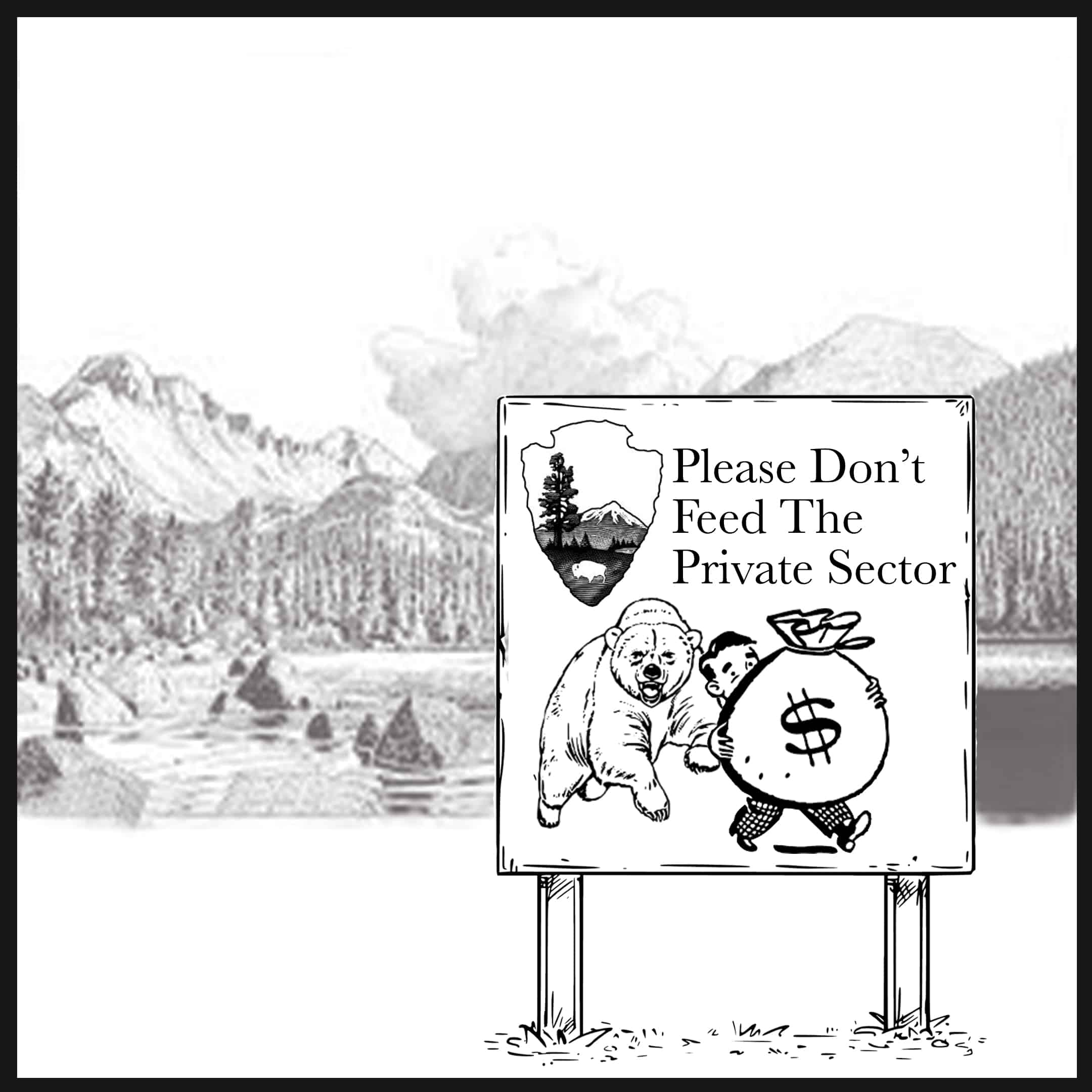The human race has utilized biomimicry throughout its entire existence; it is only recently that we have become consciously aware of it, however.
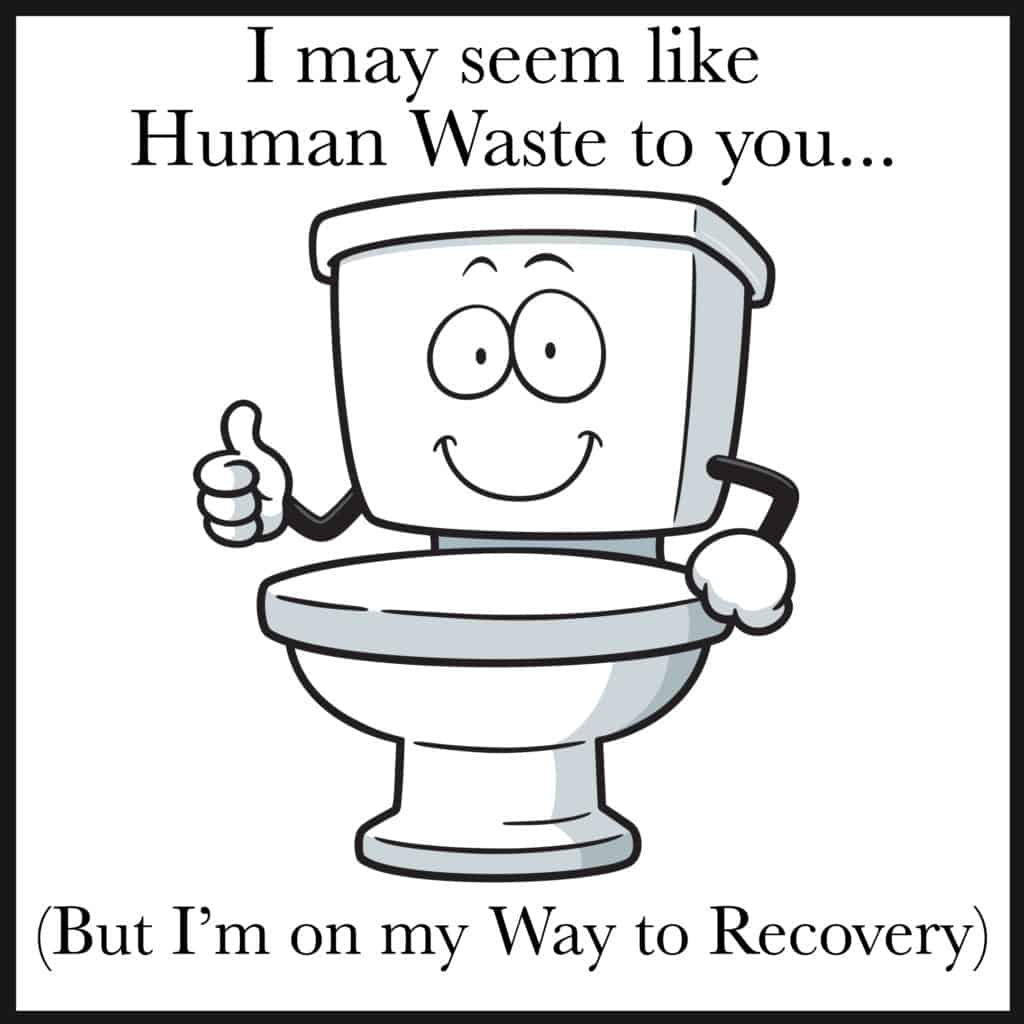
By Robert Simmons
When we look at what is truly sustainable, the only real model that has worked over long periods of time is the natural world.
– Janine Benyus
The human race has utilized biomimicry throughout its entire existence; it is only recently that we have become consciously aware of it, however. When Otto Schmitt first coined the term in the 1950’s nobody really cared; it was only when Janine Benyus authored her bestselling book, Biomimicry: Innovation Inspired by Nature, that we got all woke to the idea. Now our forebrains are on the job, cognitively doubling down to utilize nature on purpose, instead of the usual random hit-or-miss strategies that brought us asbestos, hydrogenated oils, leaded gasoline, and agent orange.

In fact, only when human ingenuity strays from biomimicry do problems arise. Thankfully, Mother Nature never thought to patent any of her creations, and because of this, many communities are starting to utilize her ideas concerning water purification.
Organica treats wastewater by simply feeding it to some poop-eating organisms. When bacteria get involved in the wastewater business, they are called “living machines” (they basically work for food, and are starved prior to feeding, so there could be potential bacterial labor laws being violated). These facilities are small, fully enclosed, and odorless, so are capable of being placed directly into communities. John Todd and his ecological design team (JTED), based in Massachusetts, also utilize living machines to tackle many nasty contaminants; he calls his system the Eco-Machine. These can also be used to help restore degraded natural water systems around communities. For the people living near the Berg River in South Africa, the Eco-Machine needed to be customized for use without an electricity supply. Instead, it relied on gravity to move the water downhill, in order to prevent waste from reaching the river itself. The system works holistically to improve soil and create algae and other nutrients, which could also provide potential economic opportunities for communities down the road.
Engineer Arthur Umble is out to change how we think about wastewater treatment plants (WWTPs), preferring to think of them as water resource recovery factories (WRRF), with four different value streams: water, energy, nutrients, and products. He sees resource recovery as the key to creating a circular economy, which is, of course, what the Earth has has been doing since before we were born. As a species.
All water collected, whether potable and non-potable, has uses from industrial cooling and agriculture to landscape irrigation and aquaculture. In the energy stream are fuels for transportation, power, and heat generation(the ratio is 20% chemical energy to 80% heat). Nutrients are present that can be used as fertilizers (to sustain global food production), and many carbon-based products can be extracted as well (such as polymers that can be used to manufacture bioplastics).
In the fully sustainable eco-nomy we are trying to bio-mimic, everything must have a value – there can be no “waste” – and micro algae is a key component in creating this value: it can extract nutrients from wastewater and generate clean electrical energy through the transferring of electrons, all while providing a carbon sink, where normally this carbon releasees into the atmosphere. Algae is actually more effective in absorbing carbon than trees, because it grows faster, and can cover more surface area; its smaller size makes it more user-friendly as well.
Many Communities are utilizing various “green technology” infrastructure to help curb the cost of stormwater surges; these systems intercept stormwater before it ever enters the expensive-to-maintain “gray infrastructure” of municipal water and sewer systems. Silva Cells are a “modular suspended pavement system” that allows communities to create forest-like conditions in the city. The cells support the growth of large trees while providing stormwater management through “absorption, evapotranspiration, and interception”. Once communities collect this stormwater, they will also need to utilize it more effectively: toilet, laundry, and irrigation systems are three excellent possibilities.
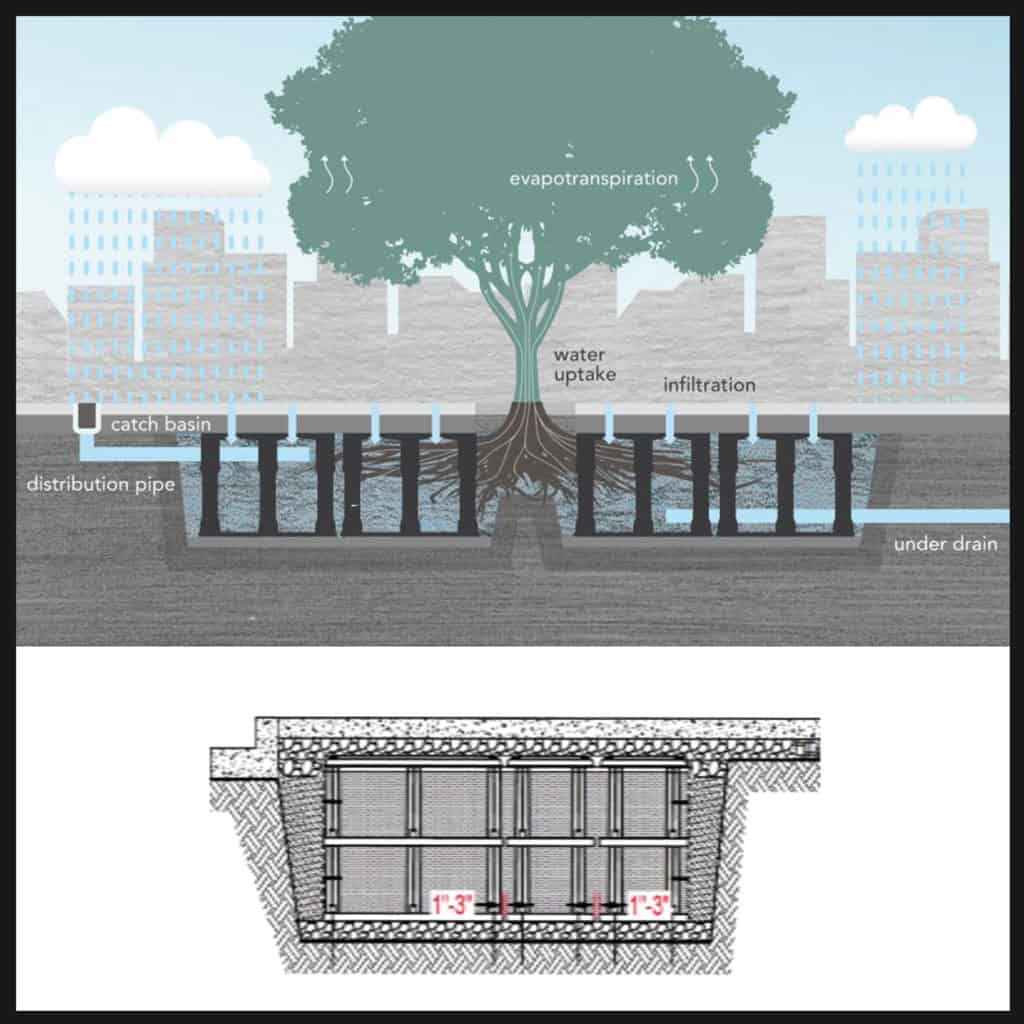
Technologies may be inspired by all manner of natural phenomenon. Our own kidneys have an amazing filtration system that extracts waste and extra water from our blood. Plants can teach us many lessons about how to collect pollutants and render them harmless (or even turn them into helpful byproducts). How plants break down ozone is one such lesson currently being studied. Professor Tong Yen Wah, who works in the Chemical / Biomolecular Engineering Department at National University of Singapore, is attempting to combine the biology of Mangrove Plants and the human kidney to create aquaporin-based membranes that naturally purify water, as aquaporins reject all molecules except water from passing through its surface.

Seaweed is another natural filter: an alginate derived from seaweed can extract water polluted with oil. The EcoSTP is an unconventional sewage treatment plant inspired by the four chambers of a cow’s stomach. It needs no electrical power, only micro-organisms, plants, and gravel to treat over a million liters of sewage a day. Watchtower Robotics was inspired by a gecko when it built its little pipeline-inhabiting robot. It is adept at finding leaks in water pipes, and signaling to crews waiting above ground, so they know exactly where to dig. Incredibly, 20% of clean water produced globally is lost to leaky pipes – yet another source of waste that drains our manmade water systems of their sustainability.
The Third Option wants to make each U.S. community self-sufficient, and one way to do it is to put sustainable “water recovery” systems directly into every neighborhood. Powered by money from our National Public Bank, all manner of infrastructure can be built, rebuilt, then paid back with interest, as these infrastructure loans are tied directly to our monthly utility bills. In the end, the National Bank Interest will be dispersed as dividends to the entire community who helped invest in, use, and pay back the loans on this infrastructure. From Water Sustainability to the biomimicry of Earth’s Eco-nomics, it is time for the human population to go with the flow.
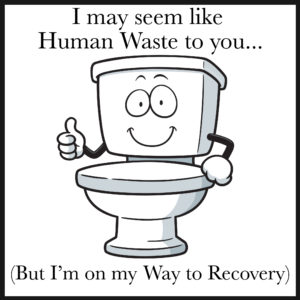
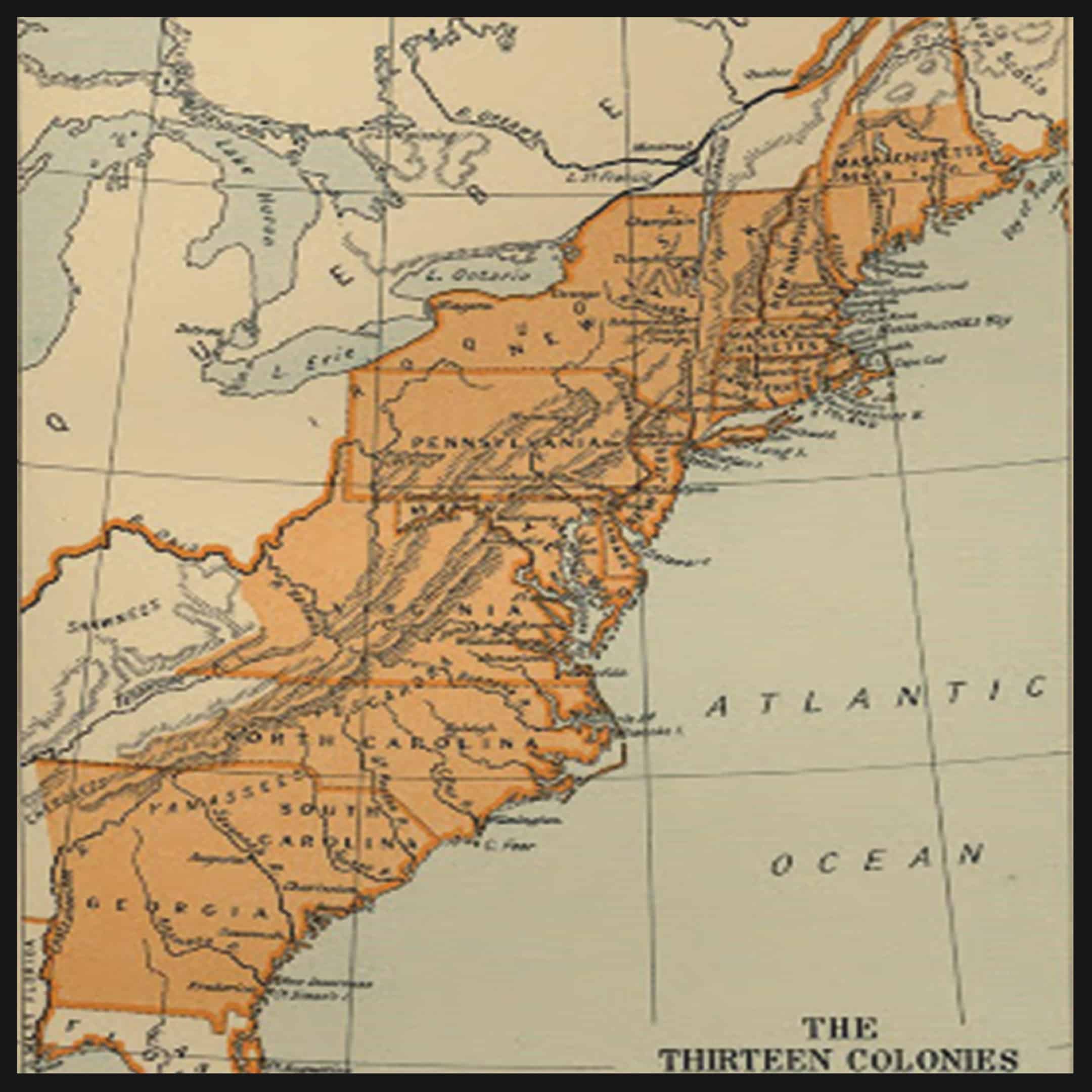 Unity and Change in America
Unity and Change in America